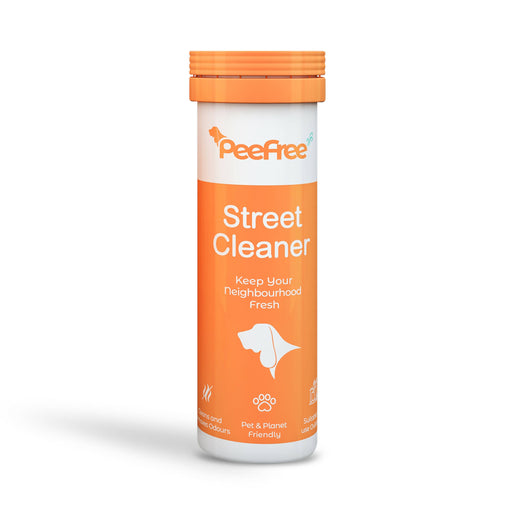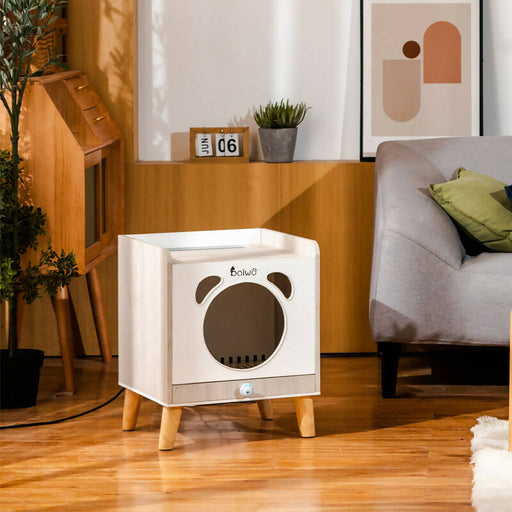


Choose Language
- 繁體中文
- English
-
Sign in
or
Sign in
New customer? Start here
-
Register
Create An Account
Existing customer? Sign in here
 Hello, Furball
Hello, Sign in
Hello, Furball
Hello, Sign in
Free delivery on all orders over $250
Free delivery on all orders over $250

Deliver to
Hong Kong
Subtotal
$0.00
Go to Bag
×

Hello, Sign in
Shop By Department
Fish
Bird
See All
Prescription Diet
Dog Prescription Food
Cat Prescription Food
See All
Greatest Deals
Today's Deals
Case Deals!
Donate to Charity
Charity Community
Pet Adoption
Charity Partner
Bark First Products
See All
Dog
Cat
Fish
Bird
Small Pet
Exotic Pet
Medical Supplies
Prescription Diets
Pet Parents
Pet Services
Dog Prescription Food
Cat Prescription Food
Dog Prescription Treats
Cat Prescription Treats
Today's Deals
Case Deals!
Charity Community
Pet Adoption
Charity Partner
Dog
Cat
Bird
Small Pet
Exotic Pet
Fish & Aquarium







